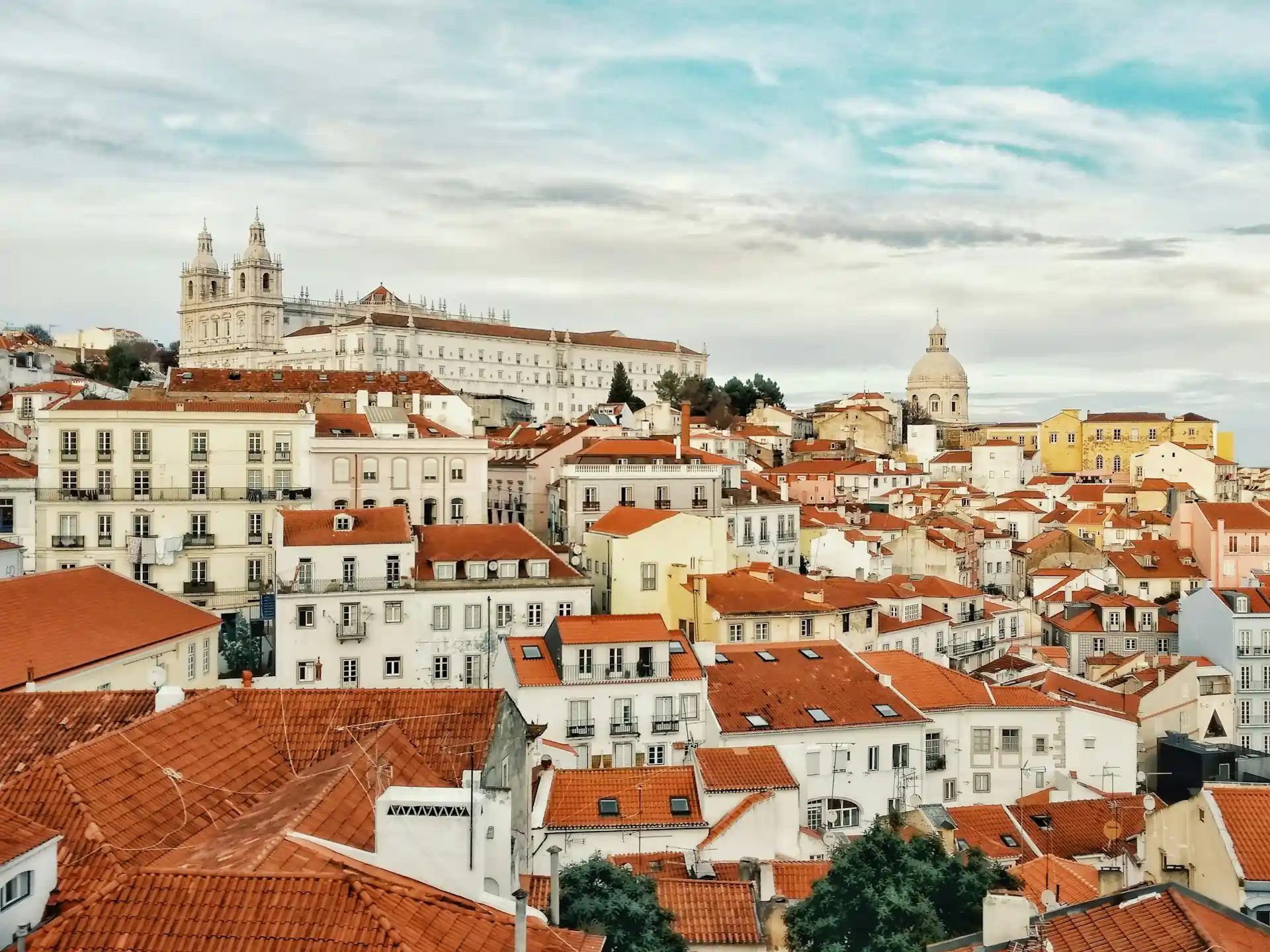

Tucked away on the Iberian Peninsula’s southwestern edge lies Portugal, one of Europe’s most ancient nations with a history stretching back to prehistoric times. While small in size, Portugal’s seven regions are remarkably diverse, each offering a unique blend of culture, natural beauty, and history. From lush green valleys to vibrant urban hubs, Portugal’s regions capture the country’s essence and charm. Let’s dive into the distinct characteristics of these regions and uncover what makes each one so extraordinary.
Portugal consists of five main regions on the mainland and two autonomous regions in the Atlantic Ocean. Here’s a snapshot of each region:
1. Northern Portugal
2. Central Portugal
3. Lisbon and Tagus Valley
4. Alentejo
5. Algarve
6. Azores Islands
7. Madeira Islands
Each region has its own distinct culture and landscape, from Portugal’s rugged northern mountains to the golden beaches of the Algarve, and the volcanic islands of the Azores and Madeira.
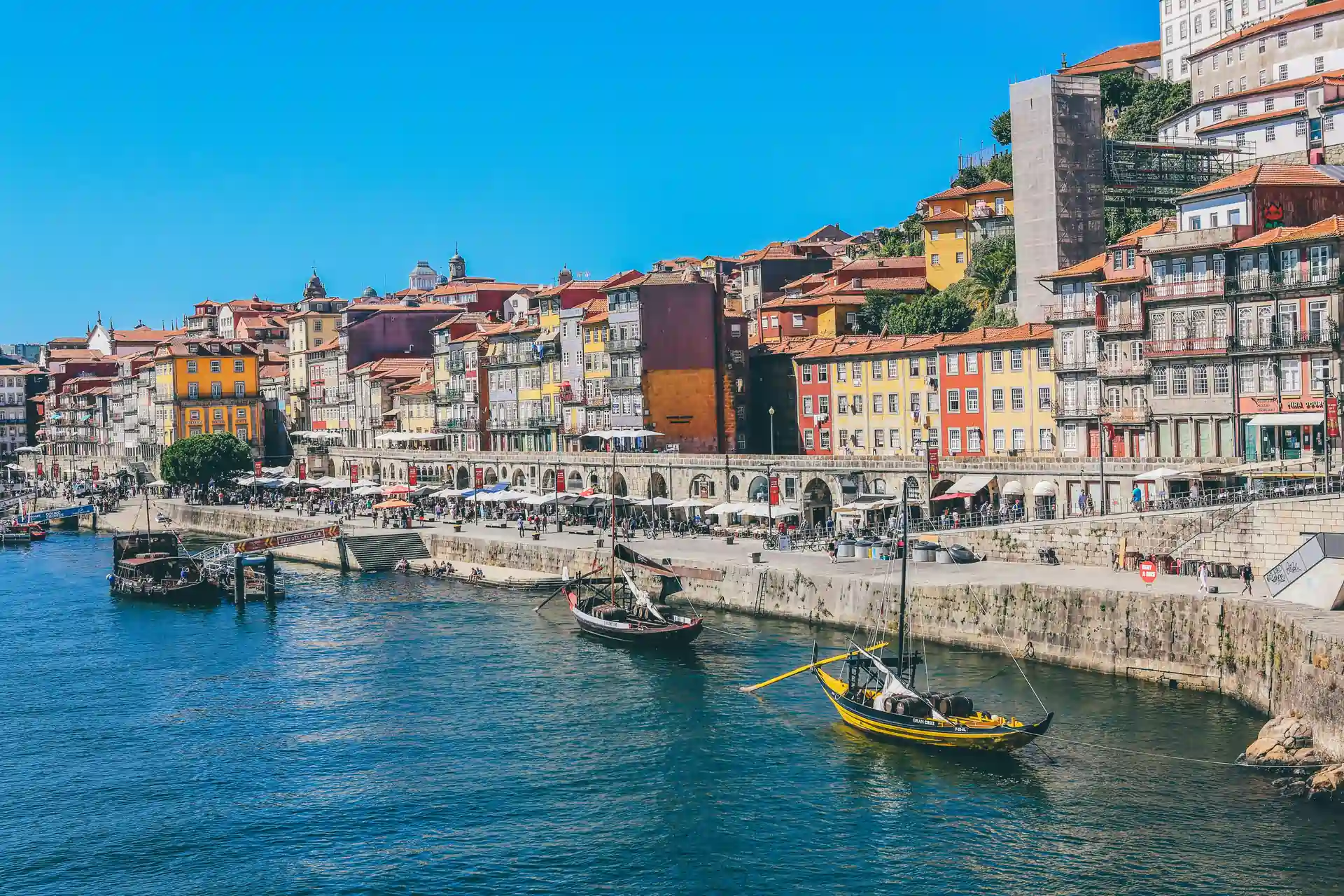
With a population exceeding 3.5 million, Northern Portugal is the country’s most populous region and home to Porto, Portugal’s second-largest city. Other notable cities include Braga, Guimarães, and Vila Real. Renowned for its dramatic landscapes of rolling hills, vineyards, and lush forests, the region is a nature lover’s paradise.
The Douro Valley, one of the most prestigious wine regions in the world, is at the heart of Northern Portugal’s cultural and economic life. This river valley is famous for its Port wine, produced from grapes grown along the Douro River’s terraced vineyards. The region also boasts diverse climates, with warm, wet winters near the coast and cooler, crisper winters further inland.
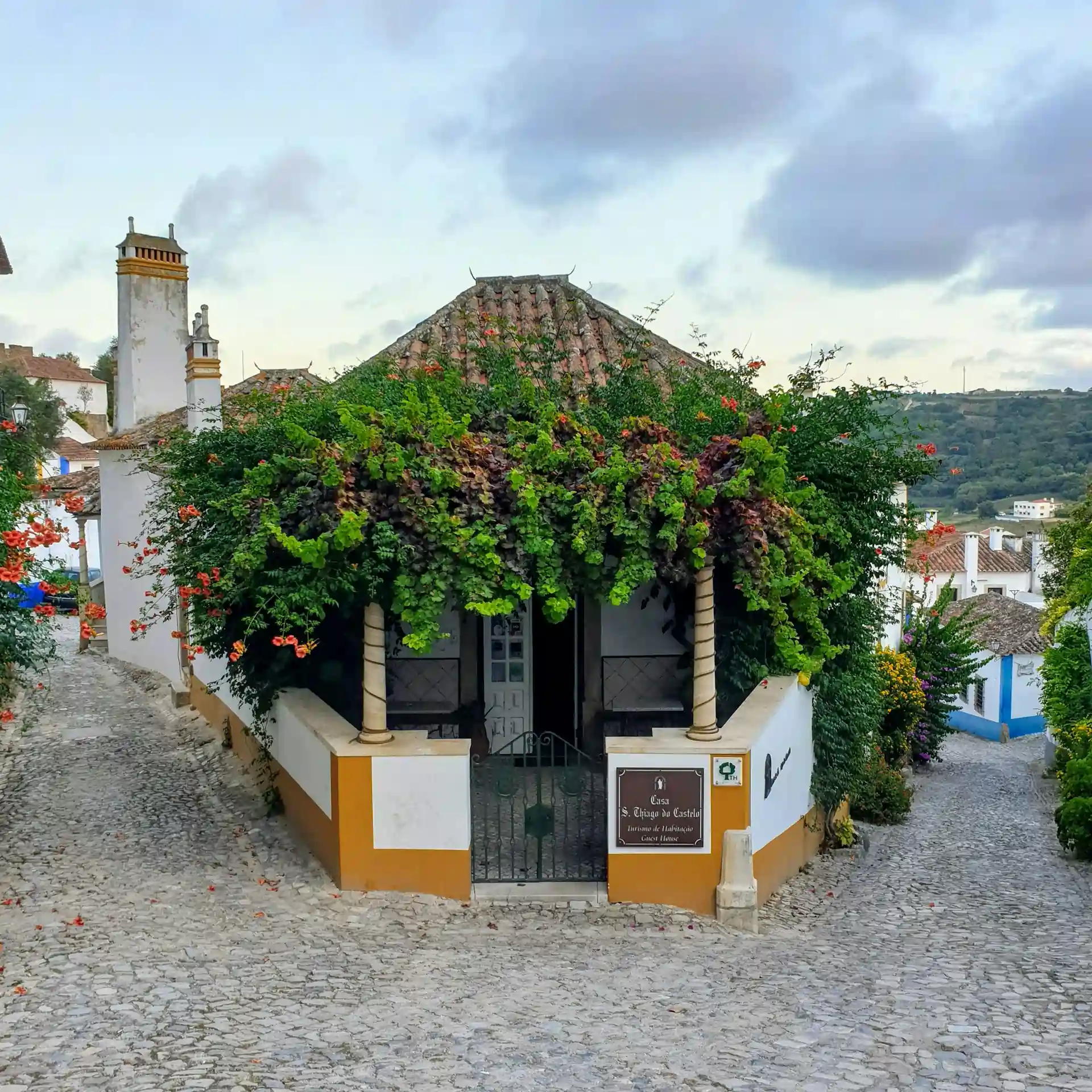
South of Porto and north of Lisbon, Central Portugal is a land of contrasts. From the Roman ruins of Conímbriga to the fortified medieval towns along the Spanish border, this region is rich in history. Notable cities include Coimbra, home to one of Europe’s oldest universities, and Aveiro, known as Portugal’s “Venice” for its canal-lined streets.
The region’s rugged mountains are a hiker’s delight, especially in the Serra da Estrela, Portugal’s highest mainland peak. Surf enthusiasts flock to Nazaré, famous for its massive winter waves, while the inland valleys and lush green forests provide ample options for outdoor adventure. The eastern areas have hot summers and chilly winters, while the Atlantic’s influence brings mild temperatures to the west.

Centered around Lisbon, Portugal’s bustling capital, the Lisbon and Tagus Valley region is the second most populous. This area is known for its industrial power, especially in the Grande Lisboa subregion, as well as its beautiful beaches and rolling hills. Surrounding towns like Sintra and Cascais add to the area’s charm with their vibrant, historical feel.
Lisbon, with its iconic seven hills and historical neighborhoods, captures both the old and the new. The region’s climate is mild year-round, thanks to its proximity to the Atlantic, and the picturesque coastlines, dotted with dramatic cliffs and secluded beaches, offer a perfect escape from the city’s hustle.
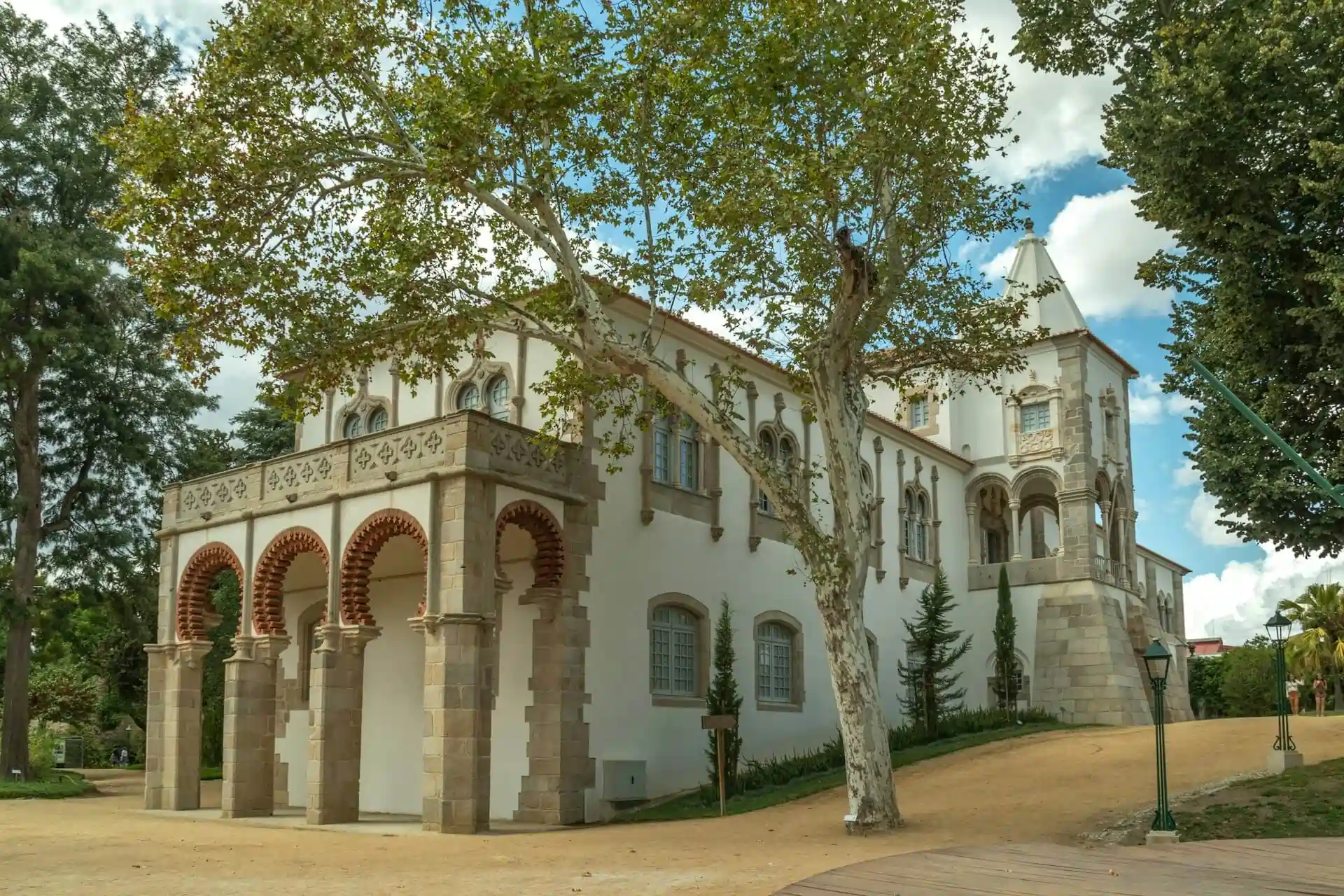
Stretching from the western coast to the Spanish border, Alentejo is Portugal’s largest but least populated region. Known for its rolling plains, vineyards, and cork oak forests, Alentejo is a peaceful retreat characterized by a warm, dry climate that’s perfect for agriculture. Évora, a UNESCO World Heritage city, showcases ancient Roman ruins, while smaller towns like Beja and Elvas are brimming with rustic charm.
Alentejo’s coast, though rugged, offers hidden gems of secluded beaches nestled between cliffs. If you seek relaxation and an authentic Portuguese experience, Alentejo’s rural ambiance and quaint villages won’t disappoint.
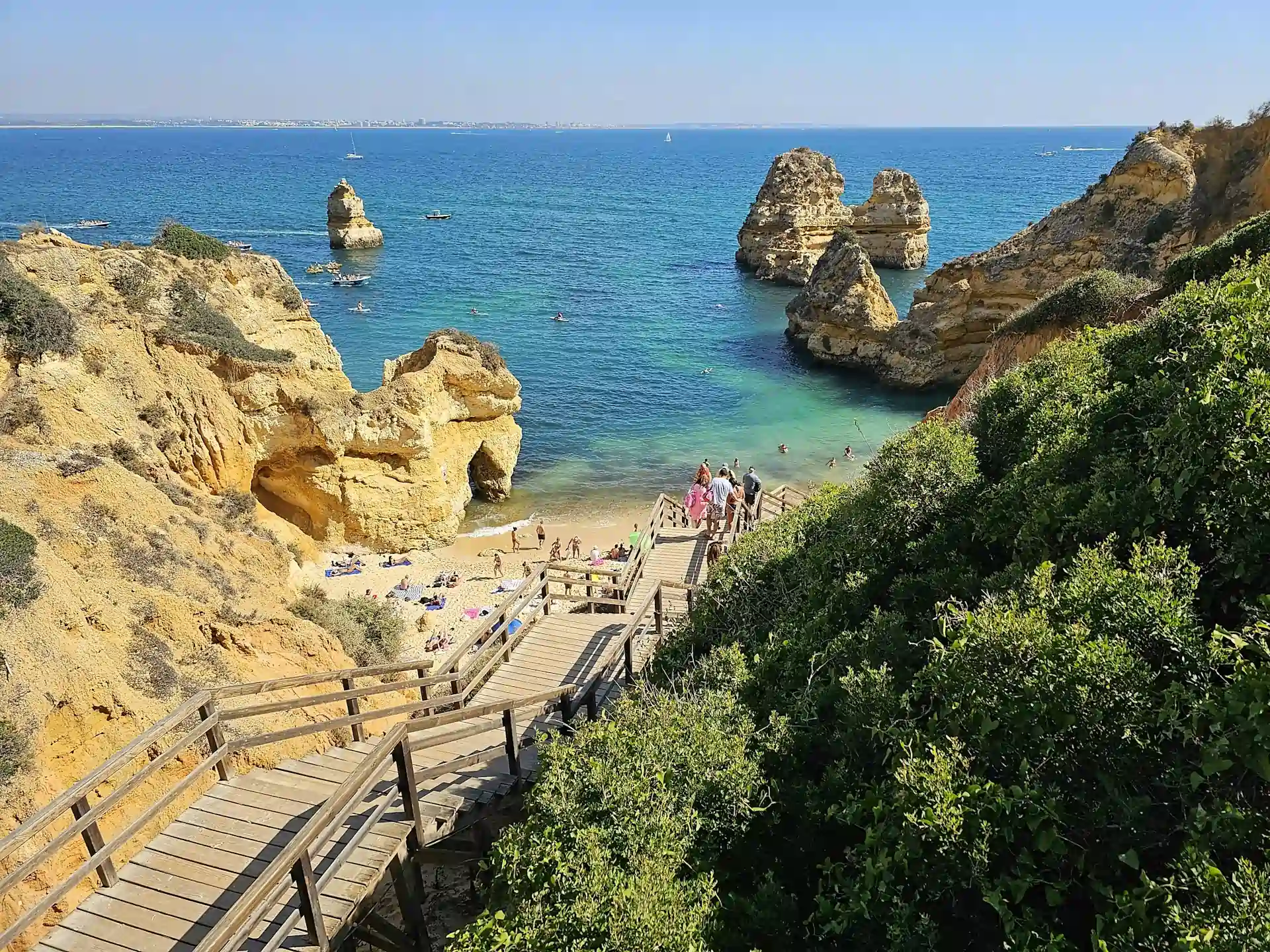
The Algarve, Portugal’s southernmost region, is renowned for its scenic beaches, Mediterranean climate, and vibrant summer tourism. Cities like Faro (home to the region’s main airport), Lagos, and Albufeira are bustling in the summer as visitors from around the world flock to experience the Algarve’s sandy shores and iconic limestone cliffs.
With its warm, dry summers and mild, wet winters, the Algarve is popular year-round. The Ria Formosa Nature Reserve, a protected area of lagoons and islands, attracts nature lovers, while limestone caves and grottos around Lagos invite exploration. Tourism, along with fishing and agriculture, drives the economy here, making the Algarve one of the most popular regions for visitors and expats alike.
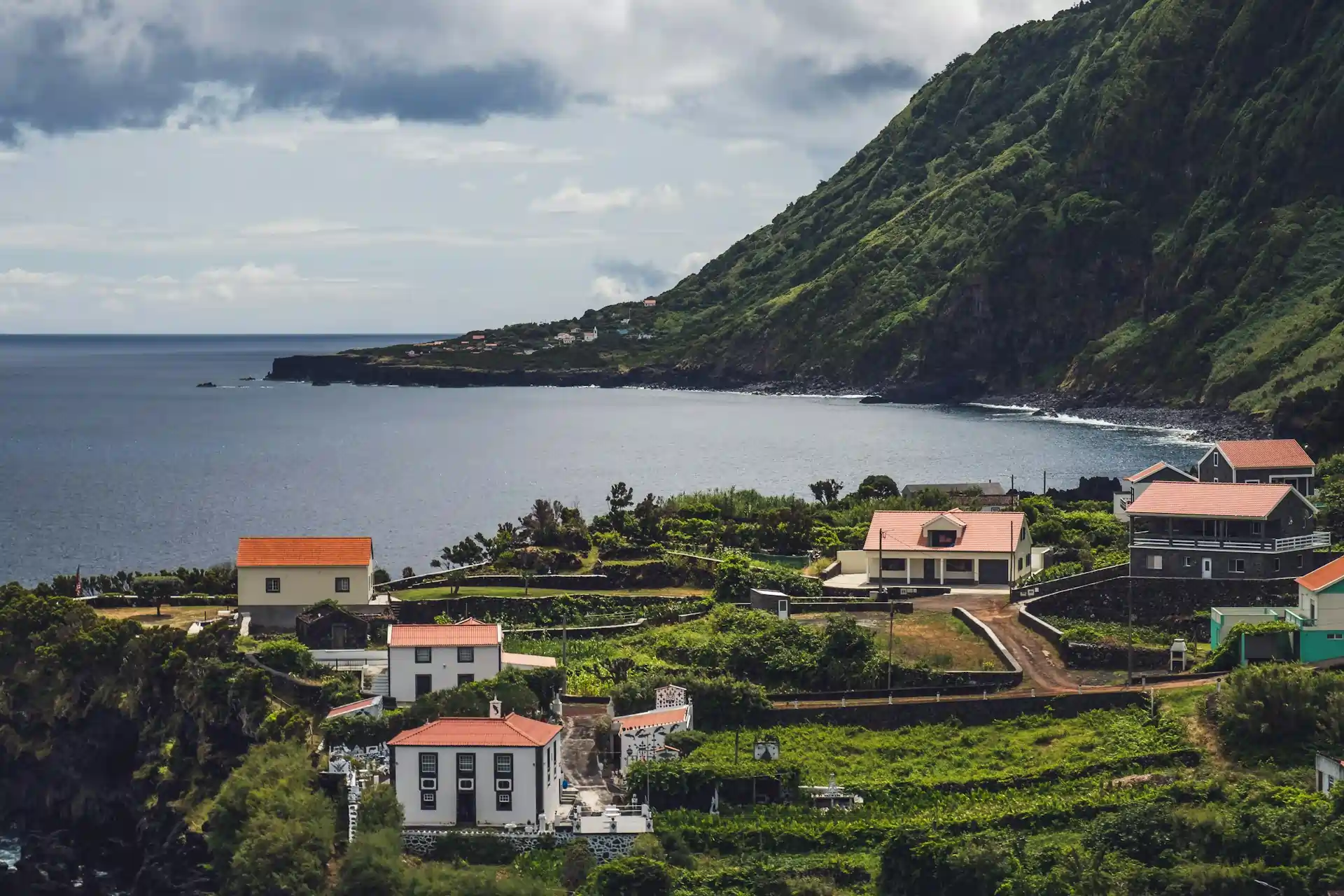
A cluster of nine volcanic islands, the Azores lie about a third of the way between Europe and North America. This autonomous region boasts a subtropical climate, lush landscapes, and unique flora and fauna. Ponta Delgada, on São Miguel Island, is the archipelago’s main city, while Pico Island is home to Portugal’s highest mountain, Pico.
The Azores’ volcanic origins are evident in the island’s hot springs, crater lakes, and dramatic landscapes, making it a dream destination for nature enthusiasts. Farming, fishing, and tourism are central to the Azores’ economy, which is heavily influenced by the islands’ unique dialect, cuisine, and culture.
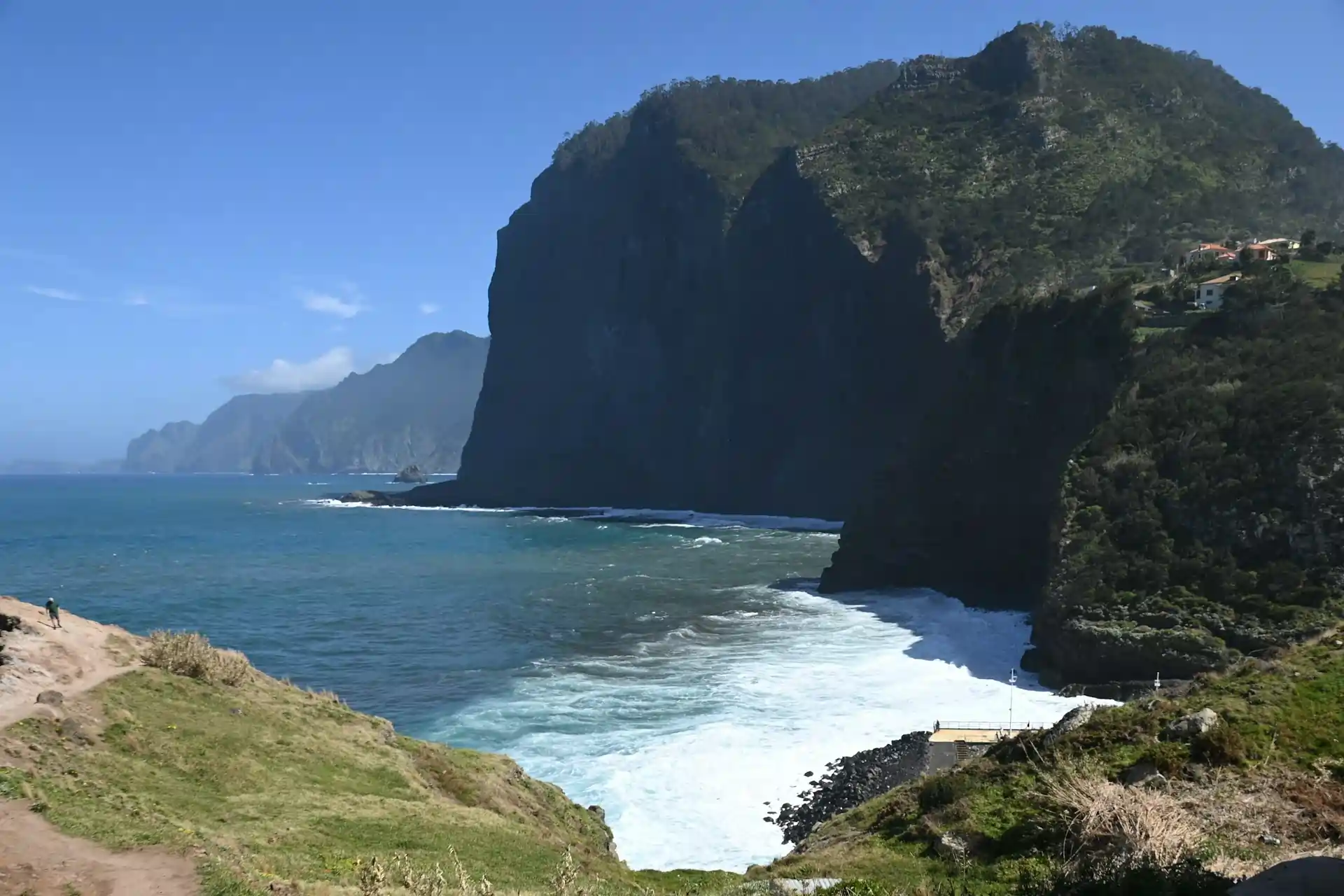
Located closer to Africa than mainland Portugal, Madeira is often called the “Garden Island” for its lush vegetation and mild climate. The island is known for its mountainous terrain, especially around Pico Ruivo, Madeira’s highest point. Funchal, the island’s capital, is a vibrant city with a charming old town, lively markets, and a bustling marina.
Madeira is famed for its terraced vineyards that produce the island’s signature Madeira wine. Porto Santo, the other main island in the Madeira archipelago, is home to a 9-kilometer sandy beach, perfect for beach lovers. The region’s climate is mild and sub-tropical, making it a year-round destination.
Conclusion: A Diverse Tapestry Awaits in Portugal
From Portugal’s northern wine country to the sun-soaked Algarve and the volcanic Azores, each region of Portugal is filled with its own unique appeal. Whether you’re a beach lover, history enthusiast, or nature aficionado, Portugal offers a rich variety of landscapes and experiences to suit any traveler. With so much to explore, the only challenge is deciding where to start your journey in this stunning European gem.
portugal